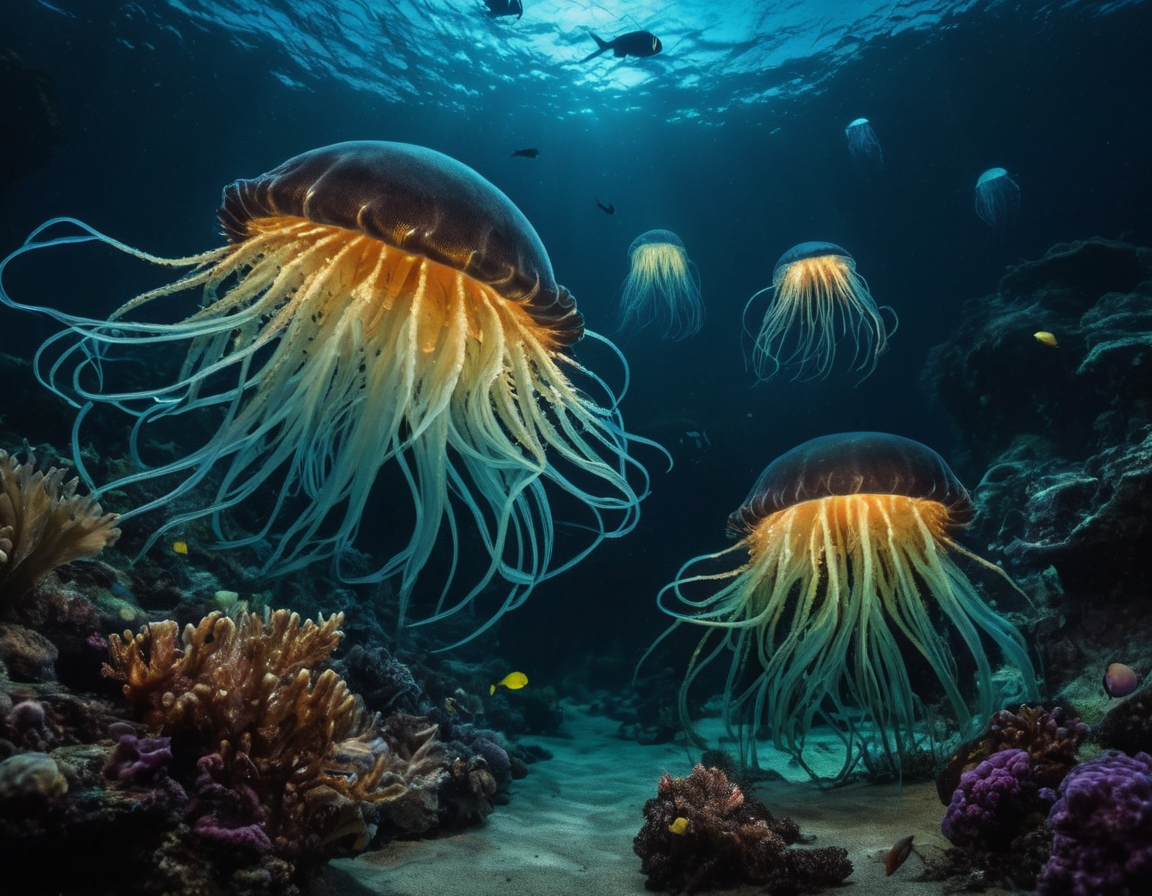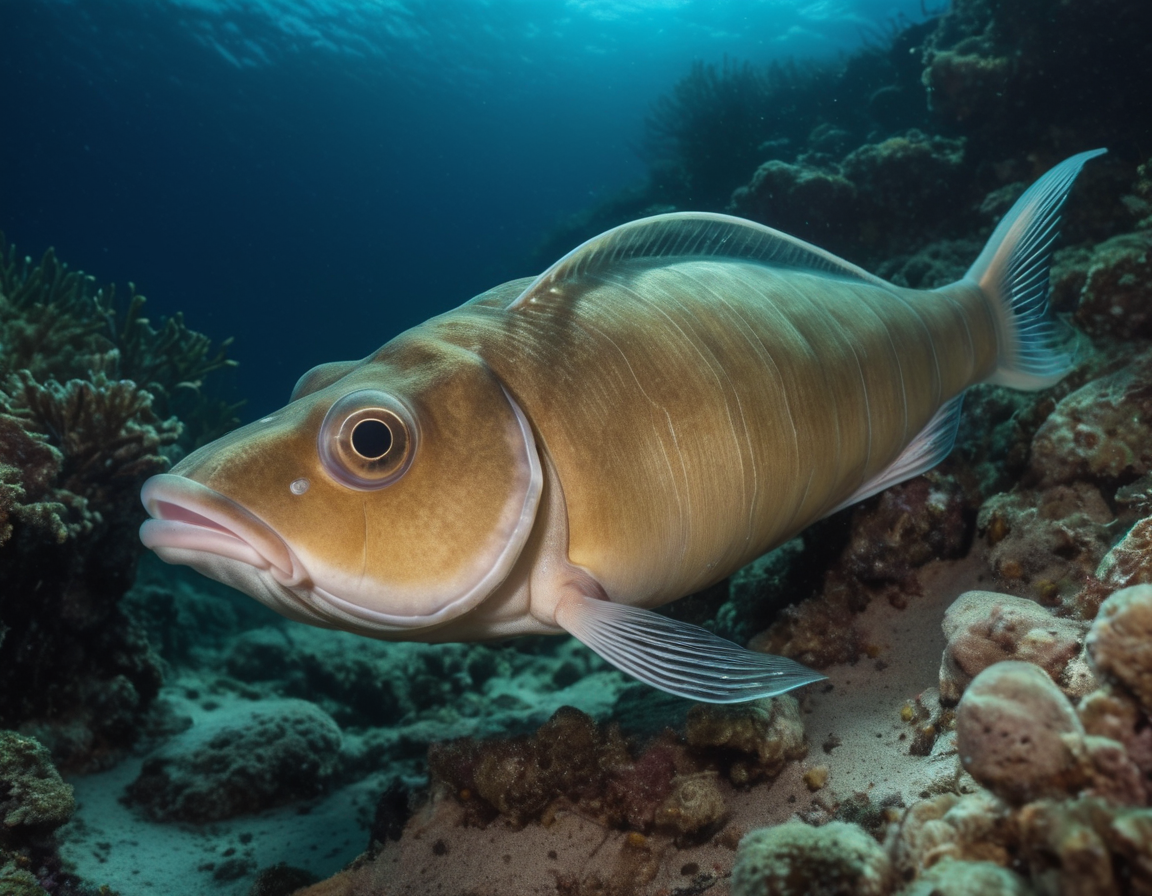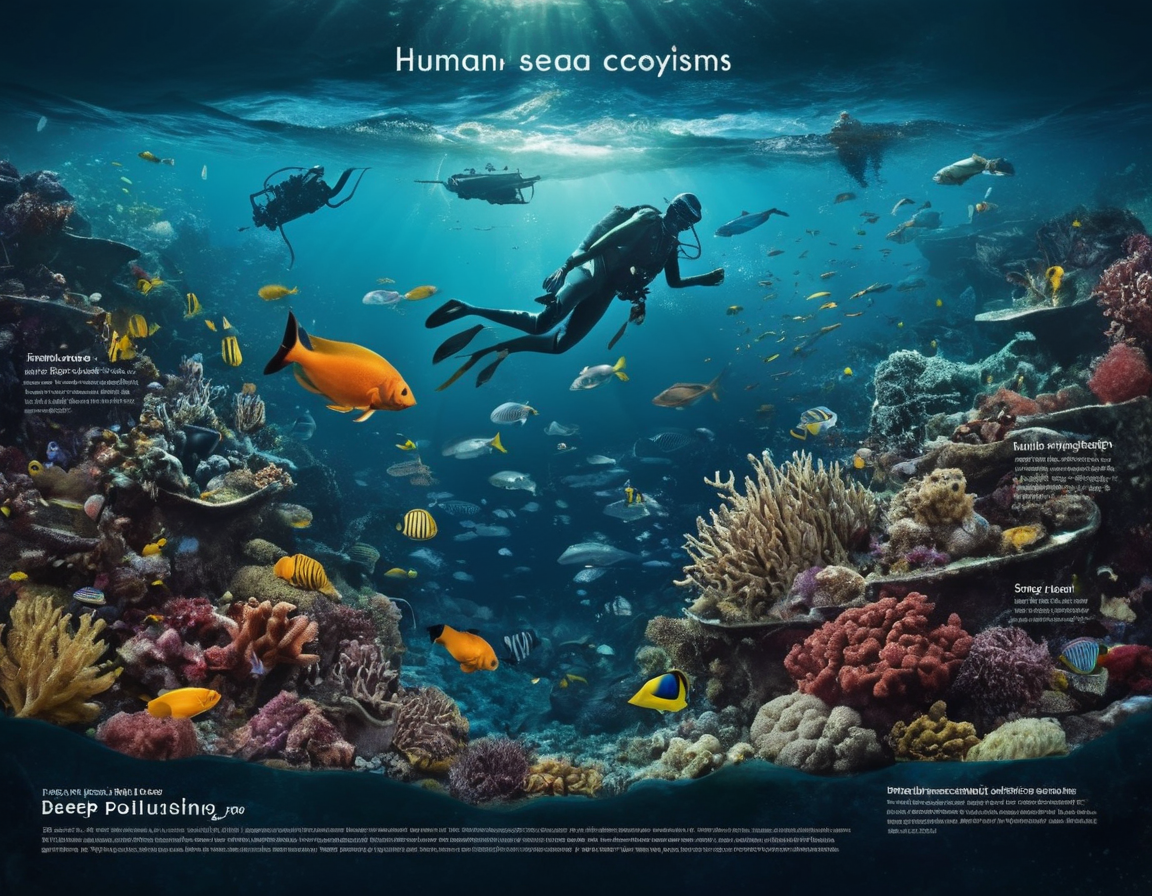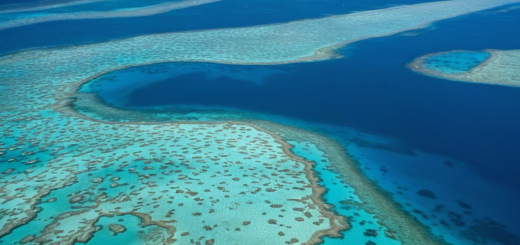Exploring the Depths: The Fascinating World of Deep-Sea Creatures
Discovering the Mysteries of the Deep Blue: An Overview of Deep-Sea Creatures
The ocean is a vast and mysterious realm, home to some of the most fascinating creatures on the planet. Deep below the surface, where sunlight barely penetrates, a whole different world of life thrives in extreme conditions. Let’s dive into the abyss and explore the enigmatic life of deep-sea creatures that inhabit our planet’s oceans.
A Glimpse into the Abyss
Deep-sea creatures are organisms that live below the photic zone of the ocean, where light does not reach. These areas are known for high pressures, low temperatures, and a lack of nutrients. Despite these harsh conditions, life has found a way to flourish, resulting in a diverse ecosystem filled with unique species that have adapted in remarkable ways.

Adaptations for Survival
The deep sea requires special adaptations. Creatures living here have evolved to survive in darkness, crushing pressure, and cold temperatures. Some have developed bioluminescence to attract prey or mates, while others have extreme forms of gigantism, such as the giant squid, or miniaturization due to the scarcity of food.
Notable Inhabitants of the Depths
- Anglerfish: Known for the bioluminescent lure that grows from its head, attracting unsuspecting prey to its mouth lined with sharp teeth.
- Giant Squid: One of the largest living organisms, with eyes as big as dinner plates, helping it to spot faint glimmers of light in the dark waters.
- Vampire Squid: Despite its name, the vampire squid feeds mainly on detritus, using its unique filament to capture organic materials that sink from the upper layers.
- Hadal Snailfish: Found in the deepest trenches, these creatures withstand the immense pressure of the hadal zone, exhibiting unique physiological traits.

Challenges to Deep-Sea Exploration
Exploring the deep sea is no small feat. The conditions that make it a haven for unique life forms also make it a challenging environment for research. High pressures can crush standard equipment, and the lack of light requires specialized technology to observe and document these elusive species.
The Impact of Human Activities
Unfortunately, deep-sea habitats are not immune to the impact of human activities. Pollution, overfishing, and climate change threaten these ecosystems. The deep-sea mining of minerals also poses a significant risk, potentially disturbing habitats and the species that rely on them.
Conservation Efforts
To preserve the unique biodiversity of the deep sea, conservationists are advocating for the establishment of marine protected areas. Efforts are also underway to develop sustainable deep-sea mining practices and to better understand how climate change is affecting deep-sea environments.

Conclusion
The deep sea is one of the last unexplored frontiers on Earth. As technology advances, we continue to uncover astonishing species and gain insights into life in one of the most extreme environments. The challenge remains to balance our curiosity and the need for resources with the conservation of this fragile and extraordinary world.
Join us in protecting our planet’s enigmatic deep-sea creatures. Share this post to raise awareness and inspire conservation efforts!






